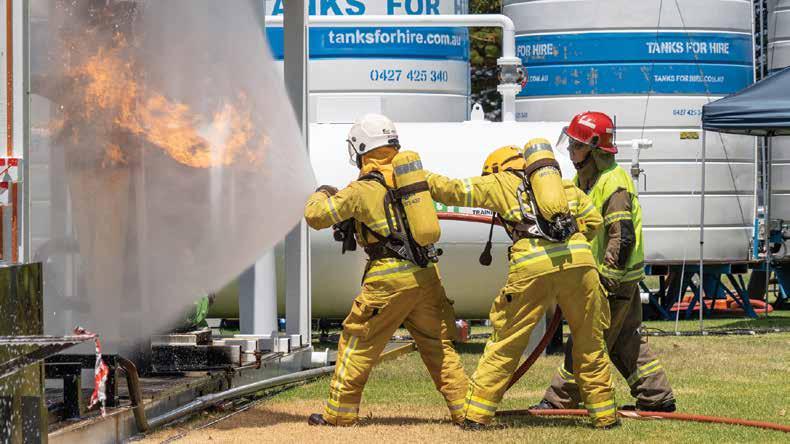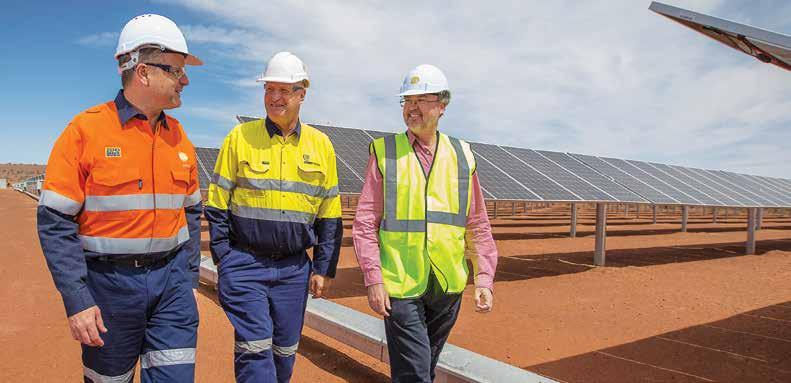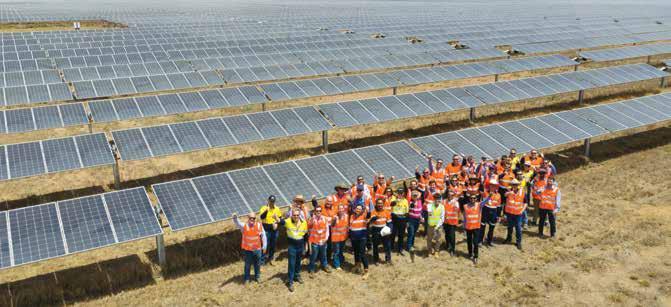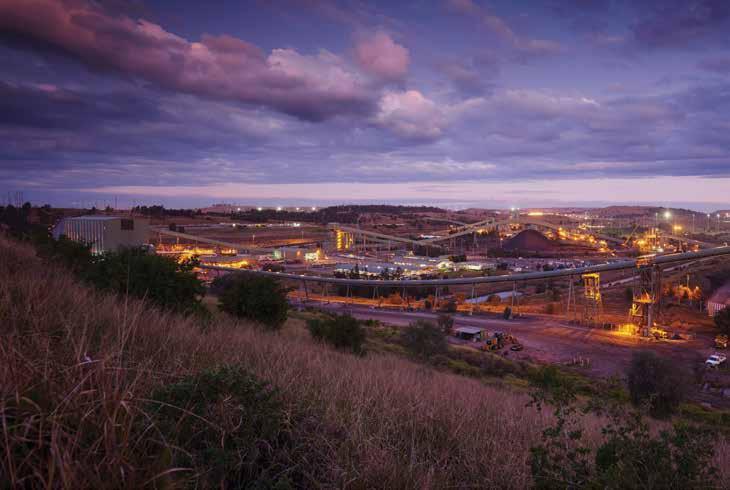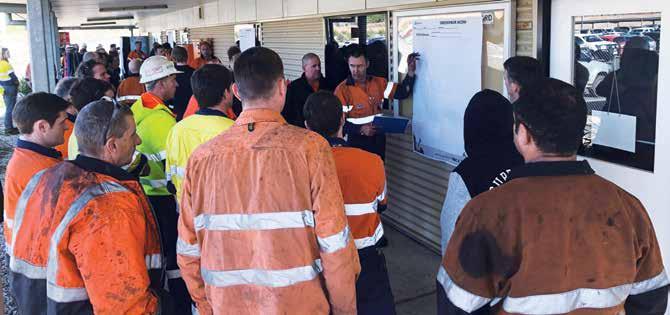
4 minute read
Mining’s biggest concerns

Social licence again topped the EY global risk list.
Licence to operate Australia’s biggest risk
With more than 150 global mining executives surveyed for the Ernst & Young (EY) report, spanning across every major mining region, this is the second straight year it has ranked licence to operate as the biggest concern.
But what is Australia’s view on the global scale?
According to EY Oceania mining and metals leader Scott Grimley, Australia’s perspective is extremely significant globally, so it is closely aligned with the rest of global opinion.
The top 10 has changed in recent years, which Grimley attributes to the high-level of distraction by public opinion regarding the Australian mining industry.
Grimley worries the Australian public has less of an understanding of the industry than in decades past, meaning there is negative but misinformed commentary on the industry as a whole.
“It used to be the case that pretty well every person in Australia had a family member or someone else they knew working in the mining sector,” Grimley says.
“This is not the case now, so large amounts of people don’t know anything about the industry, this is especially so for those living in urban areas.
“These people have a negative but very loose perception of the industry, and miners recognise there are many people with a negative perception of their work, hence licence to operate continuing to rank highly.
“The Australian public don’t understand how fundamental mining is to everyday needs; whether it’s the house you’re living in, the transport you’re using to get to work every day or in the mobile phone you’re using. These items all come about because of commodities that need to come out of the ground that are accessed by mines.”
Grimley believes the mining industry needs the support of the Australian public and government to back it as a key industry, ensuring it has the required capital to invest in technology ALMOST HALF OF GLOBAL MINING COMPANIES RANK LICENCE TO OPERATE AS THE BIGGEST ISSUE FOR BUSINESS IN THE TOP 10 BUSINESS RISKS AND OPPORTUNITIES 2020 REPORT. BUT WHAT IS AUSTRALIA MOST CONCERNED WITH? SALOMAE HASELGROVE INVESTIGATES.
to support innovative mining solutions.
Jumping from seventh place to second in the report was future of workforce, as companies struggle to determine how the workforce might look in years to come, especially with the rise of technology at mine sites.
Technology is clearly another worry on the radar, as digital and data optimisation rounded out the top three in the survey.
Grimley urges miners to embrace technology and views it as something that creates more jobs within the industry, not the reverse.
“There’s quite a bit of unhelpful rhetoric around the fact that technology and automated machines are doing people out of jobs, which is simply not the case,” Grimley says.
“The need for people running mines in this new world is likely to increase, not decrease, looking at the jobs and roles based on technology implemented in the next 10 years or so, 70 per cent of roles will be enhanced or redesigned because of technology.
“The people already working at the mine are the best to retrain, because they already know the business, they know the industry and there will be a range of jobs for them, they just need to be willing to adapt.”
Grimley says while there will be less of the traditional jobs associated with mining, such as driving trucks and physical labour, there will be a range of new jobs, not just within the technology sector, but also in communications.
He believes these roles are essential in keeping workers in the know of how the mine is operating.
There were four new risks ranking in the top 10 this year: reducing carbon footprint (fourth), high-impact risks (fifth), cyber (seventh) and replacement of production (eighth).
Grimley says miners are already taking steps to reduce their carbon footprint, both for environmental reasons and out of necessity.
“The focus on investigating any form of renewable sources of energy is being explored,” he says. “Renewables can be mobile and positioned remotely which is a real benefit for miners, for example, solar is definitely fitting for the 40-degree days up in the Pilbara.
“The other form being explored is electrification, moving away from machines and kit operated on diesel and moving towards equipment that runs on batteries and electricity.
“We’re seeing miners explore that in terms of looking to build underground mines completely based on equipment running off electricity, not dissimilar to the move around batteryoperated cars.”
Despite the underlying risks that
Top 10 business and risk opportunities in the mining industry
n
n
n
n
Licence to operate Future of workforce Digital and data optimisation Reducing carbon footprint
n
High-impact risks
n
Maximising portfolio returns
n
Cyber
n
Replacement of production
n
Innovation
n
Rising costs
* Gathered in the Top 10 Business Risks and Opportunities 2020 report.
come with technology and public perception, Grimley is optimistic for the future of the mining industry.
“The industry is best in class in a number of technical advancements, as well as the economic importance, jobs and value provided not only through the mining industry, but the supporting services to the industry,” he says.
“Selling the message of the fantastic opportunities for jobs, growth and the boom mining provides regional areas is critical.”


